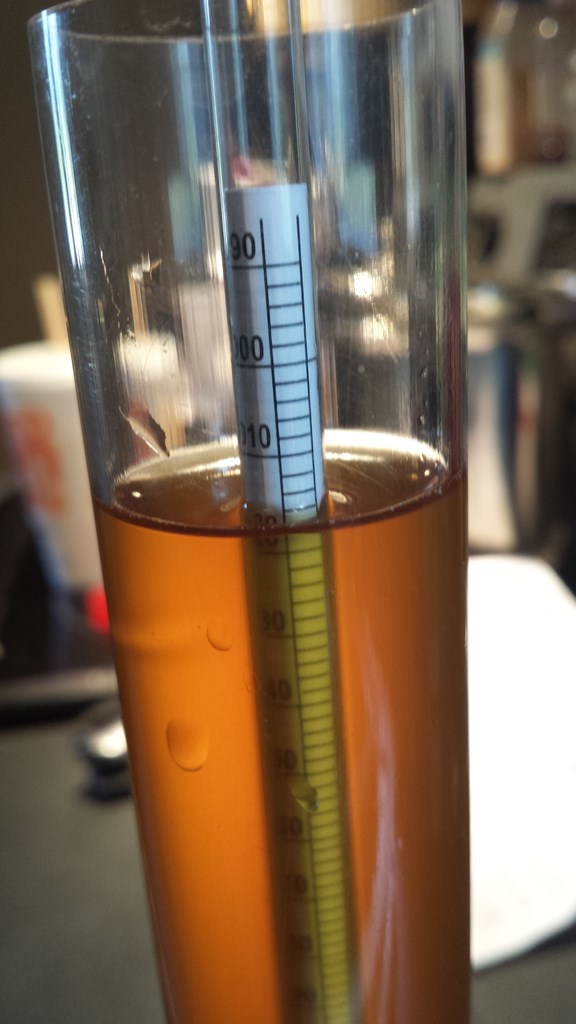Gagunga
Well-Known Member
- Joined
- Aug 25, 2017
- Messages
- 81
- Reaction score
- 17
Hi Guys,
Well, I was about to bottle my Belgian Wheat kit from Midwest tonight but after checking the gravity, I see it is at 1.019. OG was 1.034. The low start gravity I attribute from taking a sample just after pouring top off water into the fermentor and did not stir.
It has been in the carboy since the 8th so it has me a little worried.
Fermented with Safale T-58. Woke em up about 5 minutes before pitching. Pitched in 75 degree wort. I added 3 oz of fresh orange zest (no pith) at 5 min from navels.
It had an amazing start. Fermented hard for about 3 days then dropped off. I havent seen any bubbles come up the airlock but there are bubbly suds sitting ontop of the airlock water (starsan liquid).
The beer has no infection. Tasted wonderful actually. What could have happened? Is this T-58 yeast a burn hard/die fast type of yeast? Should I re-pitch it? Do the suds in the airlock mean the yeast is still alive and slowly working but at a state worker pace? (no offense to you beer-brewing state workers out there) Thanks for your help guys.
1st picture shows the blast off during the first couple days of fermenting.
2nd - 4th pictures show it's current state.
Last picture shows my partner in crime doing absolutely nothing to help the current situation.
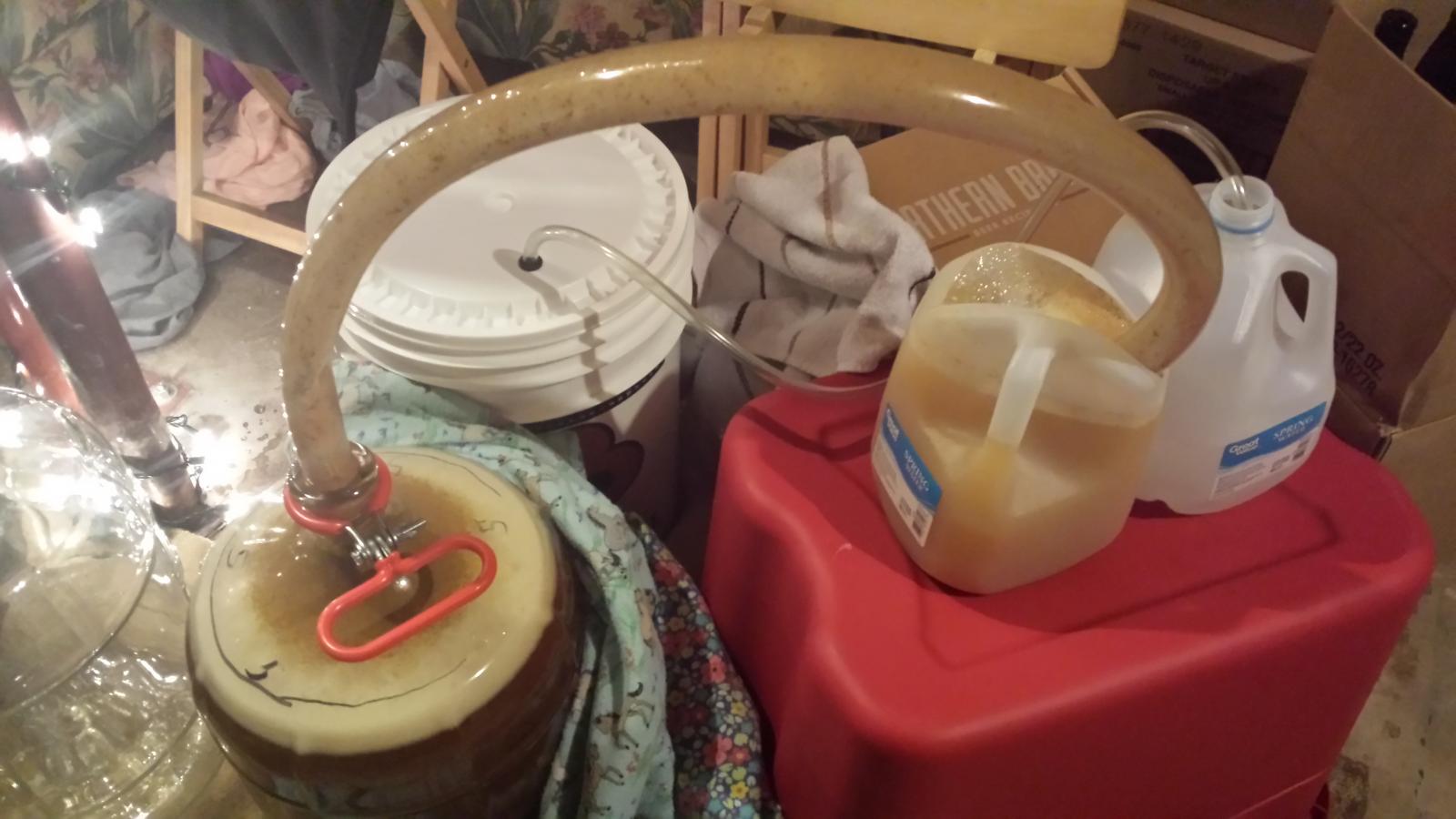
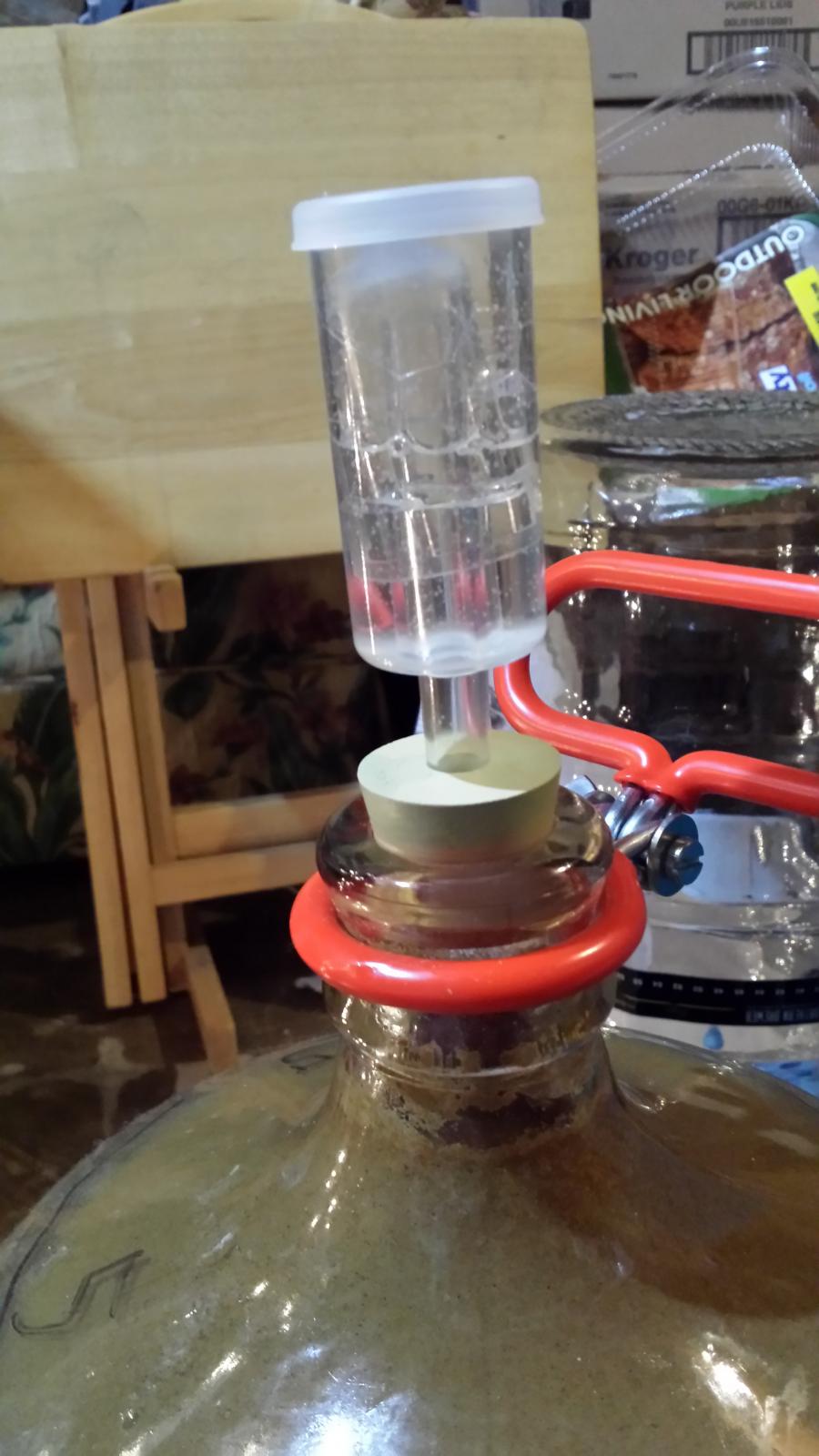
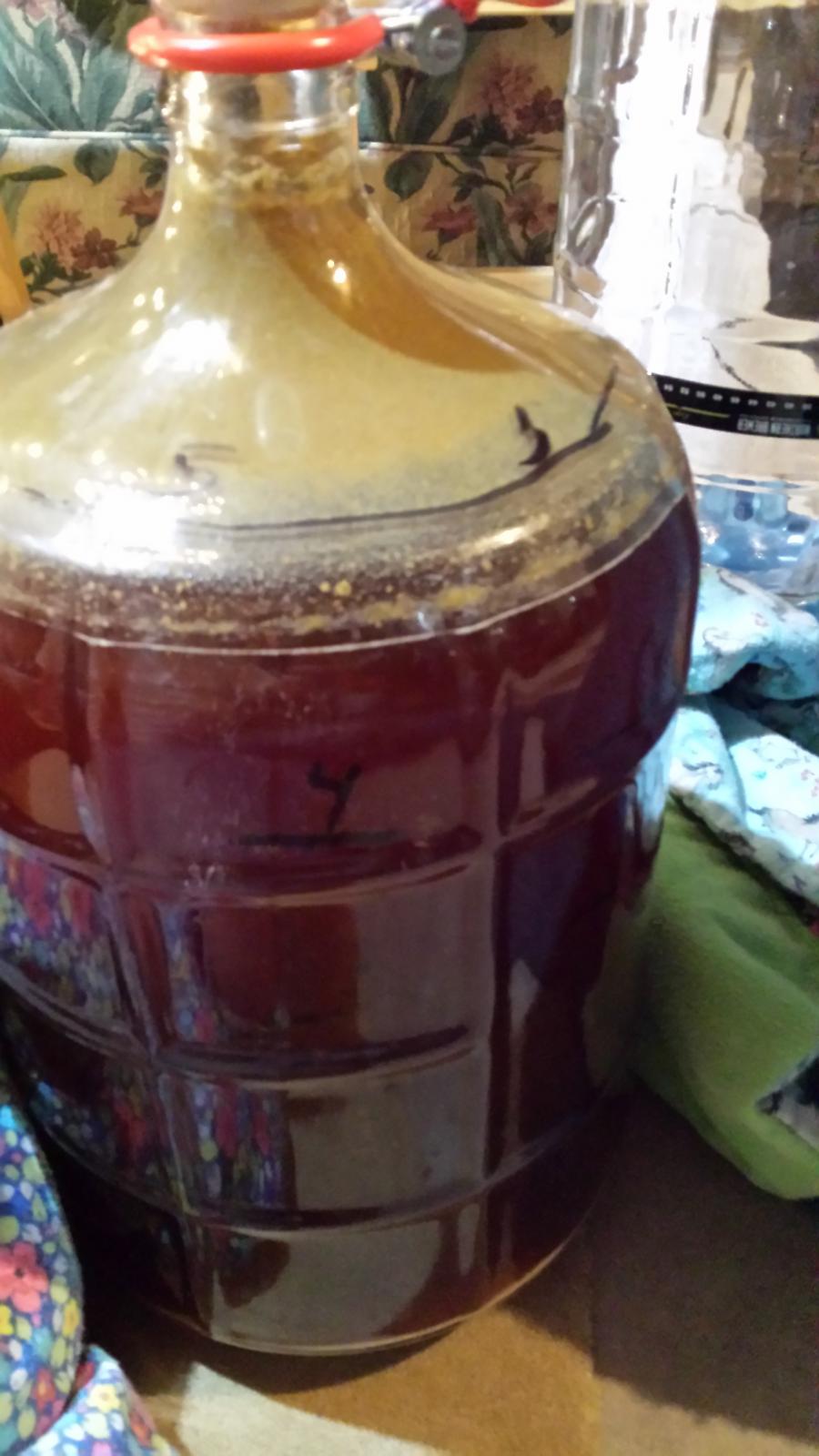
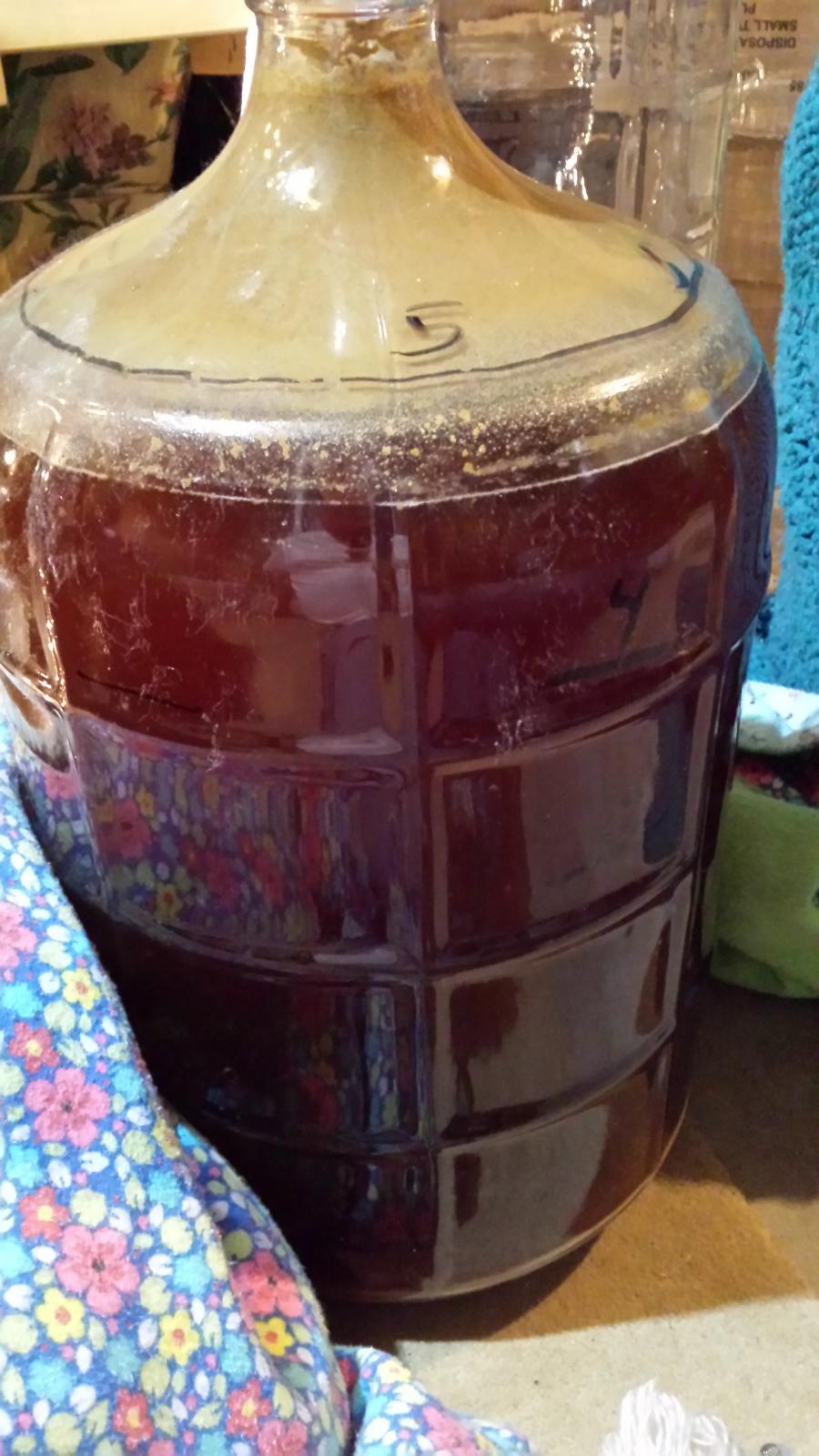

Well, I was about to bottle my Belgian Wheat kit from Midwest tonight but after checking the gravity, I see it is at 1.019. OG was 1.034. The low start gravity I attribute from taking a sample just after pouring top off water into the fermentor and did not stir.
It has been in the carboy since the 8th so it has me a little worried.
Fermented with Safale T-58. Woke em up about 5 minutes before pitching. Pitched in 75 degree wort. I added 3 oz of fresh orange zest (no pith) at 5 min from navels.
It had an amazing start. Fermented hard for about 3 days then dropped off. I havent seen any bubbles come up the airlock but there are bubbly suds sitting ontop of the airlock water (starsan liquid).
The beer has no infection. Tasted wonderful actually. What could have happened? Is this T-58 yeast a burn hard/die fast type of yeast? Should I re-pitch it? Do the suds in the airlock mean the yeast is still alive and slowly working but at a state worker pace? (no offense to you beer-brewing state workers out there) Thanks for your help guys.
1st picture shows the blast off during the first couple days of fermenting.
2nd - 4th pictures show it's current state.
Last picture shows my partner in crime doing absolutely nothing to help the current situation.


































![Craft A Brew - Safale S-04 Dry Yeast - Fermentis - English Ale Dry Yeast - For English and American Ales and Hard Apple Ciders - Ingredients for Home Brewing - Beer Making Supplies - [1 Pack]](https://m.media-amazon.com/images/I/41fVGNh6JfL._SL500_.jpg)




























